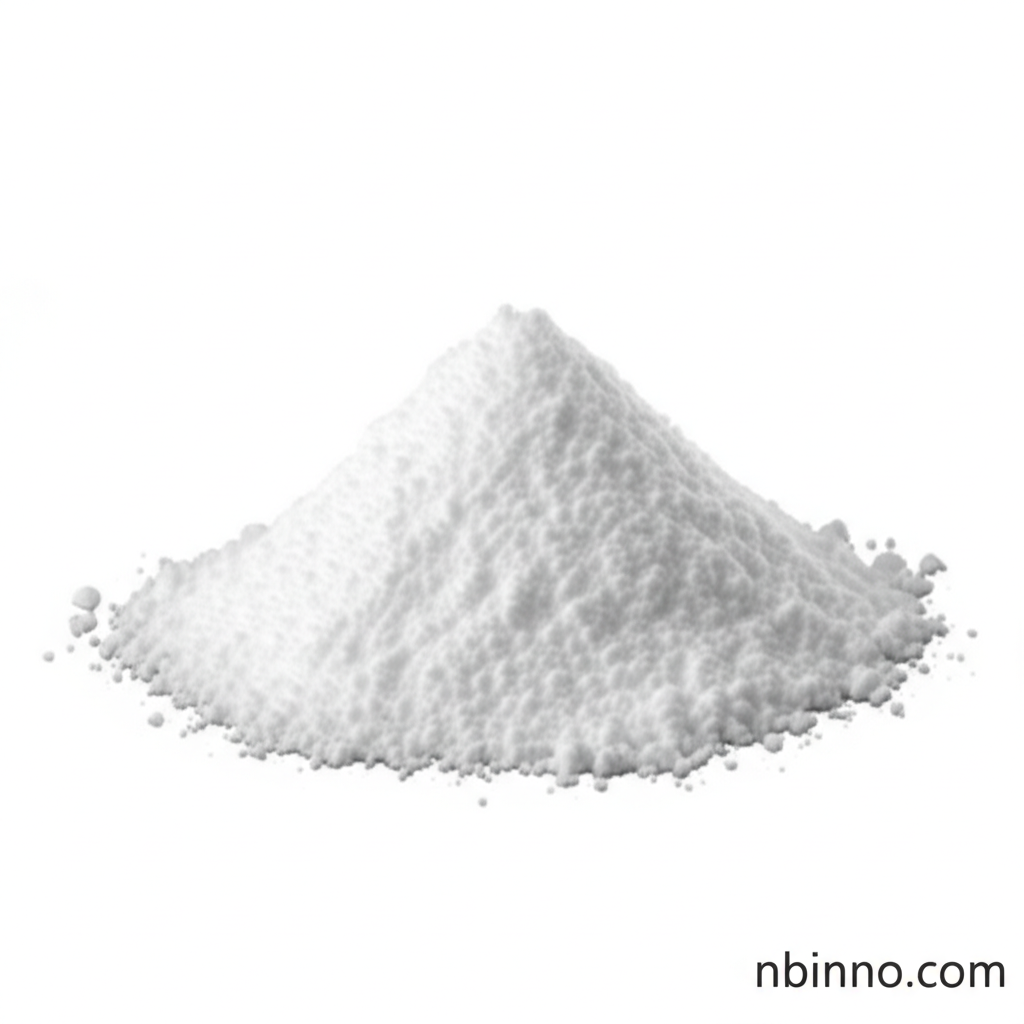Palmitoylethanolamide (PEA): Understanding its Anti-inflammatory and Pain-Relief Properties
Discover the therapeutic potential of this endogenous lipid modulator for pain and inflammation.
Get a Quote & SampleProduct Core Value

Palmitoylethanolamide
Palmitoylethanolamide (PEA) is a naturally occurring endogenous fatty acid amide with notable anti-inflammatory and pain-relieving capabilities. It functions as a lipid modulator, interacting with key cellular receptors to regulate physiological responses to pain and inflammation. PEA's unique mechanism of action makes it a subject of extensive research for its therapeutic applications.
- Explore the palmitoylethanolamide mechanism of action to understand how it modulates inflammation. PEA is known to interact with nuclear receptors, particularly PPAR-α, and GPR55 and GPR119 receptors, influencing downstream signaling pathways that control pain perception and inflammatory responses.
- Learn about the significant palmitoylethanolamide anti-inflammatory effects. Research indicates that PEA can down-regulate mast cell activation and reduce the release of pro-inflammatory mediators, offering a natural approach to managing inflammatory conditions.
- Discover the proven palmitoylethanolamide pain relief benefits. Studies, including meta-analyses, suggest that PEA can significantly reduce pain associated with various chronic conditions, making it a valuable component in pain management strategies.
- Investigate the diverse palmitoylethanolamide uses in both therapeutic and cosmetic applications. From pharmaceutical interventions targeting neurological disorders to cosmetic additives, PEA's versatility is a key aspect of its appeal.
Key Advantages
Natural Anti-inflammatory Properties
Leverage the power of PEA for its intrinsic anti-inflammatory actions, offering a gentle yet effective approach to managing inflammation without harsh chemicals.
Comprehensive Pain Management
Utilize PEA for effective pain relief, addressing various types of pain, including neuropathic and chronic pain, by modulating pain signaling pathways.
Endogenous Molecule
As an endogenous compound, PEA is naturally produced by the body, suggesting a favorable compatibility and safety profile for its various applications.
Key Applications
Pharmaceuticals
PEA is utilized in pharmaceuticals for its neuroprotective and anticonvulsant properties, offering treatment options for neurological disorders and chronic pain states, as evidenced by numerous palmitoylethanolamide clinical studies.
Cosmetic Additives
In cosmetics, PEA can act as an anti-irritant and soothing agent, contributing to the formulation of products aimed at sensitive skin or those addressing inflammatory skin conditions.
Health Care Products
As a nutritional supplement, PEA is increasingly incorporated into health care products for its potential to alleviate chronic pain and reduce inflammation, aligning with the growing demand for natural health solutions.
Organic Synthesis Intermediates
PEA also serves as a valuable intermediate in organic synthesis, contributing to the creation of more complex molecules with diverse chemical properties and applications.
